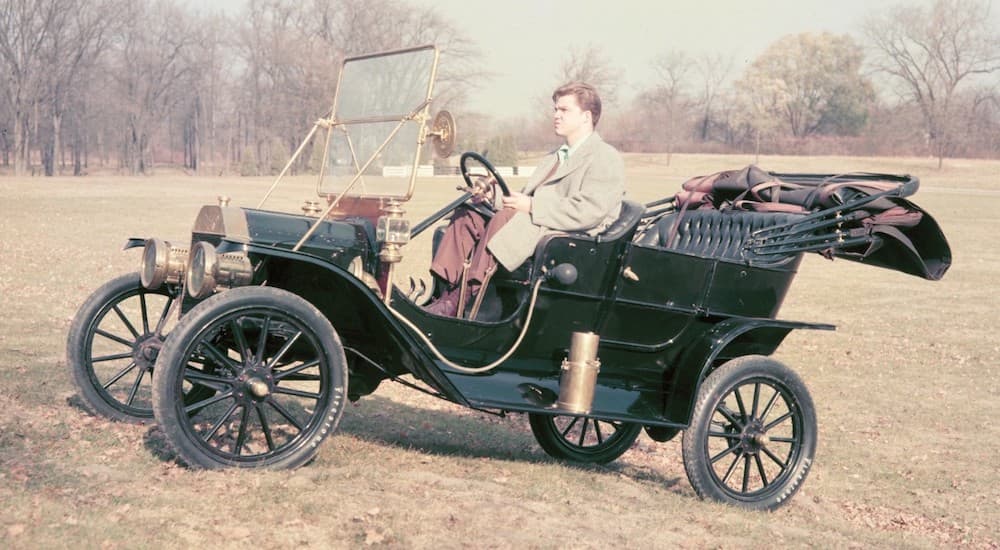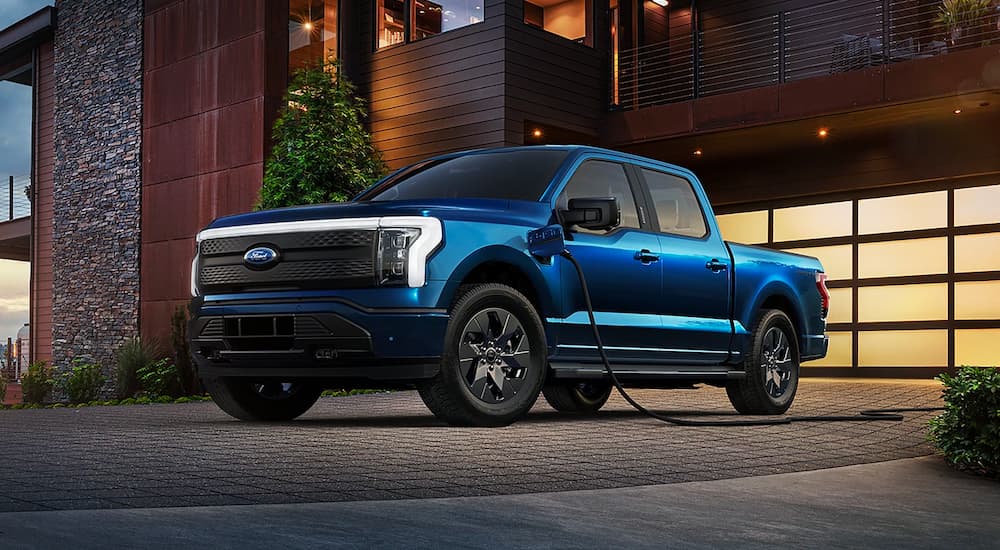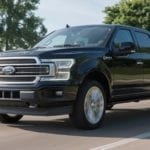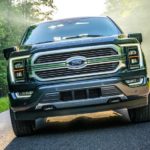Whether you’re looking at the auto industry as a customer or an enthusiast, it can sometimes be hard to know what differentiates auto brands. If you aren’t a Ford superfan, you might look around your local Ford dealer and think the lineup looks rather similar to what you’ll find at the Chevy dealership down the street: plenty of different-sized SUVs, beefy trucks, and a handful of sporty performance cars. So, is the difference between these two American automakers limited to name and headlight shape?
We don’t think so—and if you take a closer look at Ford, you’ll probably agree. While Ford certainly has its competitors, it’s one-of-a-kind at the end of the day, with plenty of characteristics that make the company stand out from the crowd. Many of these factors can be found in the vehicles themselves, while others are a bit more subtle and have to do with the company’s legacy, branding, and ethos. Let’s dive in and explore what makes Ford unique…
Automotive History
Ford’s storied history has become legendary as it’s been held up time and again as an archetypical example of American ingenuity. The company’s founder, Henry Ford, is often included on lists of great American innovators and entrepreneurs because of the way he revolutionized the auto industry. The Model T first hit the scene in 1908, and it’s the vehicle that put Ford on the map and influenced auto manufacturing in a big way.
Before the Model T, cars were almost always bespoke machines built to the specifications of the buyer. This process didn’t give the industry an easy way to scale up production, so prices remained high, and cars were a luxury good that only the very wealthy could afford. Henry Ford changed the game by embracing mass production; by implementing an assembly line system, Ford was able to churn out Model Ts at a fast rate and bring the cost down to the point where the average American could afford to become a car owner. This standardization also made car repairs easier since parts were common and interchangeable instead of being one-of-a-kind pieces that needed to be replaced by a skilled artisan.
While Ford may be competing in a crowded field of automakers today, it was the producer of over half of all registered automobiles in the world in the early 1920s, which makes its influence on automotive history impossible to overstate. By bringing the dream of car ownership to the masses, it’s not hard to argue that Henry Ford is the man responsible for American car culture, which has given us the road trip, the roadside attraction, the road film, and more. Other automakers may have rich histories, but none are quite equal to Ford’s.
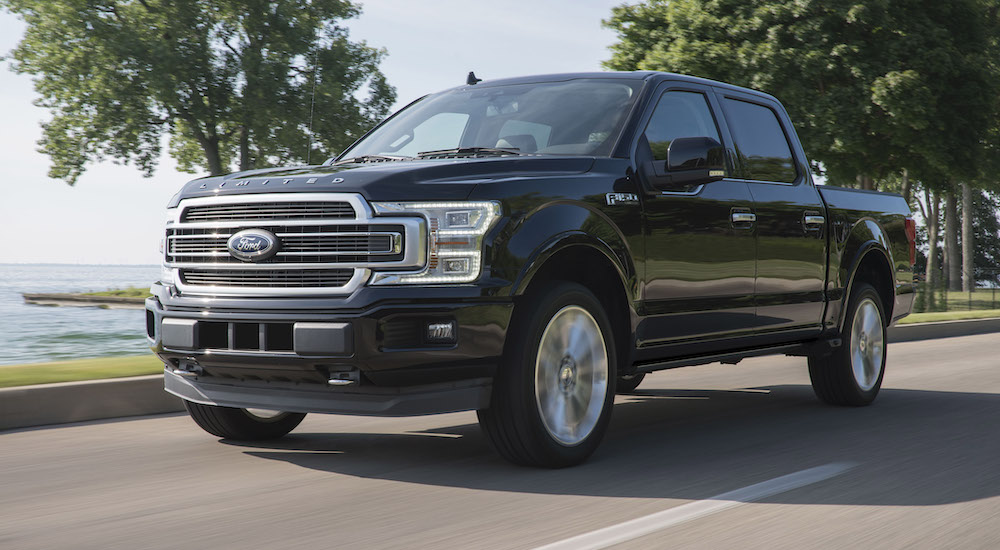
Apex of Innovation
With a history like theirs, it would be easy for Ford to rest on its laurels and stick to what’s worked in the past instead of trying new things. However, the decision-makers at this company seem to know that the most important part of Ford’s success has actually been innovation, meaning that the best way to move forward is to continue finding new ways to push the envelope. Just look at pictures from Ford vehicles throughout the decades, and you’ll see that the company is always evolving, with new designs that reflect and shape modern tastes.
Beyond just style, there are plenty of examples of Ford innovating with its vehicle designs. For instance, take a look at the 2015 F-150. The F-Series pickup truck was first introduced in 1948, making it a stable nameplate you might not expect a company to take risks with. But for the 2015 model year, Ford debuted an F-150 with a body made of aluminum alloy instead of steel. High-strength steel was still used in the frame—keeping the truck tough and ready for action—but the lightweight aluminum shaved almost 700 lbs off the truck’s overall weight while also making it more resistant to corrosion. On top of increasing the pickup’s towing capacity, this change also made it more fuel-efficient.
Knowing Their Audience
In more recent years, Ford has brought further significant changes to its iconic vehicles. One reason these changes have been successful is that Ford knows its audience well and is able to give them what they’re looking for instead of trying to force new things down their throats. This can be a fine line to walk when doing things like bringing electric power to the demographic of truck drivers.
When a hybrid powertrain was added to the F-150’s lineup for the 2021 model year, Ford didn’t just boast about lower mileage and less reliance on fossil fuels; it called its full hybrid powertrain the PowerBoost and touted its high horsepower and torque figures, with excellent torque output at lower speeds specifically thanks to the way electric motors work. And with that big battery onboard, Ford realized it could make its hybrid trucks appealing by letting them act as mobile generators; workers on site or tailgate partiers can use the battery to power anything from TVs to jigsaws, making the hybrid powertrain extra appealing to the kinds of people who are already interested in buying a full-size truck.
Ford took this even further when it launched the fully-electric F-150 Lightning for the 2022 model year, using the unique features of an EV to bring useful features to this truck. For instance, without an engine under the hood, the Lightning can have a sealed trunk up front for storing valuables. Also, when you install a charging station at home, that electricity can flow both ways; with the Lighting’s powerful battery, your vehicle can be used as a backup generator to power your entire home in case of a blackout. That plays a lot better to a portion of Ford’s customer base than any amount of eco-friendly advantages.
Unwavering Popularity
One big thing that makes Ford unique from other vehicle brands is its place at number one on the list of bestselling vehicles in America for the past several decades. The Ford F-150 has spent nearly half a century as not only the country’s bestselling truck but its bestselling vehicle overall. That kind of long-lasting popularity isn’t easy to come by, and it makes these changes to the truck’s design all the more impressive. Through the change to aluminum, the addition of a hybrid option, and more, the F-150 has remained strong at the top of the bestseller list year after year.
Some Final Thoughts
At a glance, Ford might seem like just another automaker, but when you zoom in and look closely, they are more impressive than any other brand. The combination of a long and legendary history and a keen eye for the industry’s future makes Ford stand out among its competitors. It’s a brand that’s proudly American and always ready to try something new.
While it may no longer make half of all cars sold on Earth, it still enjoys an impressive amount of popularity and a solid stable of loyal fans ranging from hard-working F-150 drivers to enthusiasts who drool over the latest model of the Mustang or GT to families who feel at home in their Explorer. And instead of letting that success make them complacent, this company has shown its dedication—time and time again—to innovation.
